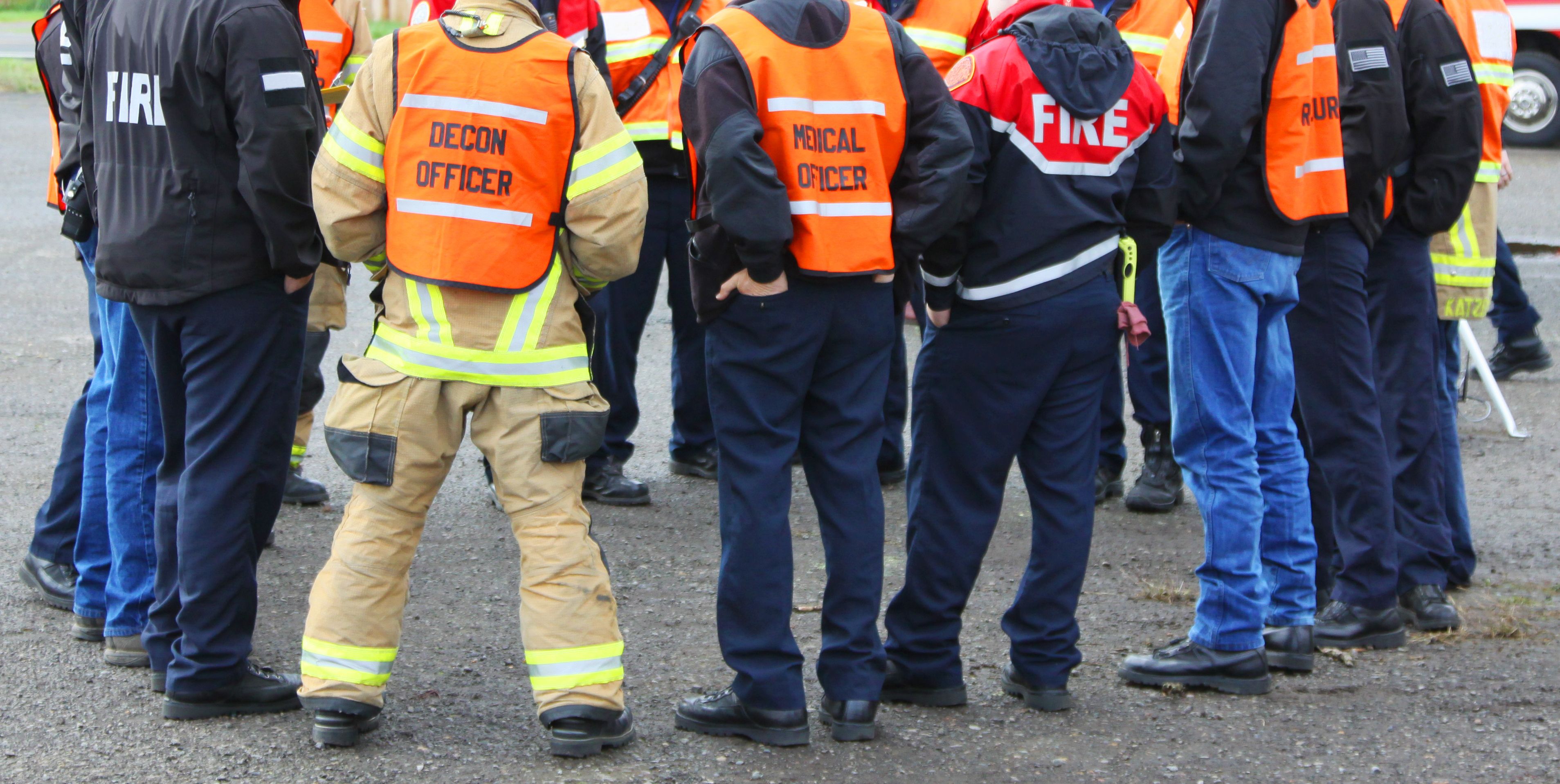Emergency management is not just about responding to a crisis, but also planning ahead, minimizing harm, and recovering from disaster. Responding quickly and effectively to an emergency is crucial. Natural disasters, health-related pandemics, and other emergencies can strike without warning. Creating early warning systems and investing in recovery efforts will help governments safeguard lives, property, and public trust.
For example, the National Preparedness System outlines a process for the government to proceed with emergency management. This includes six main elements:
- Identifying and assessing risk
- Estimating capability requirements
- Building and sustaining capabilities
- Planning to deliver capabilities
- Validating capabilities
- Reviewing and updating all capabilities, resources, and plans
Response Strategies
Assessment and Information Gathering: To determine the extent of the disaster, a team will need to determine the level of destruction and identify the areas of greatest need. Using images and ground reports to collect data will help better understand the situation and how to respond. All levels of government (local, state, and Federal) should receive up-to-date information on the emergency.
Communication and Public Information: Public alerts and warnings can be easily delivered using platforms such as SMS, social media, sirens, TV, radio, etc. This is one of the most effective ways to provide clear, actionable steps for crisis management. This messaging should be accurate and consistent to reduce misinformation.
Organize Emergency Services: Firefighters, police, first responders, and medical personnel provide immediate assistance in affected areas. During a public sector emergency, teachers, administrators, and other professionals will also need to mobilize to respond and react to the event.
Resource Management and Logistics: First responders are not the only essential service during an emergency event. Supply chain management ensures that supplies such as food, water, medicine, and fuel are available and equally distributed. Administrative workers also ensure that evacuation and shelter operations are in place and that vulnerable populations (e.g., older adults, individuals with access and functional needs) have access to resources.
Coordinate: Coordinate with Federal, state, and local governments, as well as with the private sector for communication networks, transportation, and supply chain. If the disaster is large enough, you may need to consider reaching out to larger organizations such as the United Nations or Red Cross.
Mental Health and Emotional Support: Psychological support and counseling address trauma and stress among survivors and responders.
Post-emergency Recovery: Risk management also includes the recovery process. Essential services such as water, power, and transportation will need to be restored and rebuilt. Individuals and businesses affected by the disaster may also need financial assistance programs.
By implementing these strategies, governments can save lives, reduce the impact of a disaster, and recover quicker. For more information on emergency preparedness visit the QuickSeries® library. The Emergency Preparedness & Management Pocket Guides and Outreach Products page offers various resources on how to plan for everything from natural disasters to active threats.
